The Secret World Inside Tiny Fog Droplets
From the Namib Desert to Maine, fog is teeming with life.
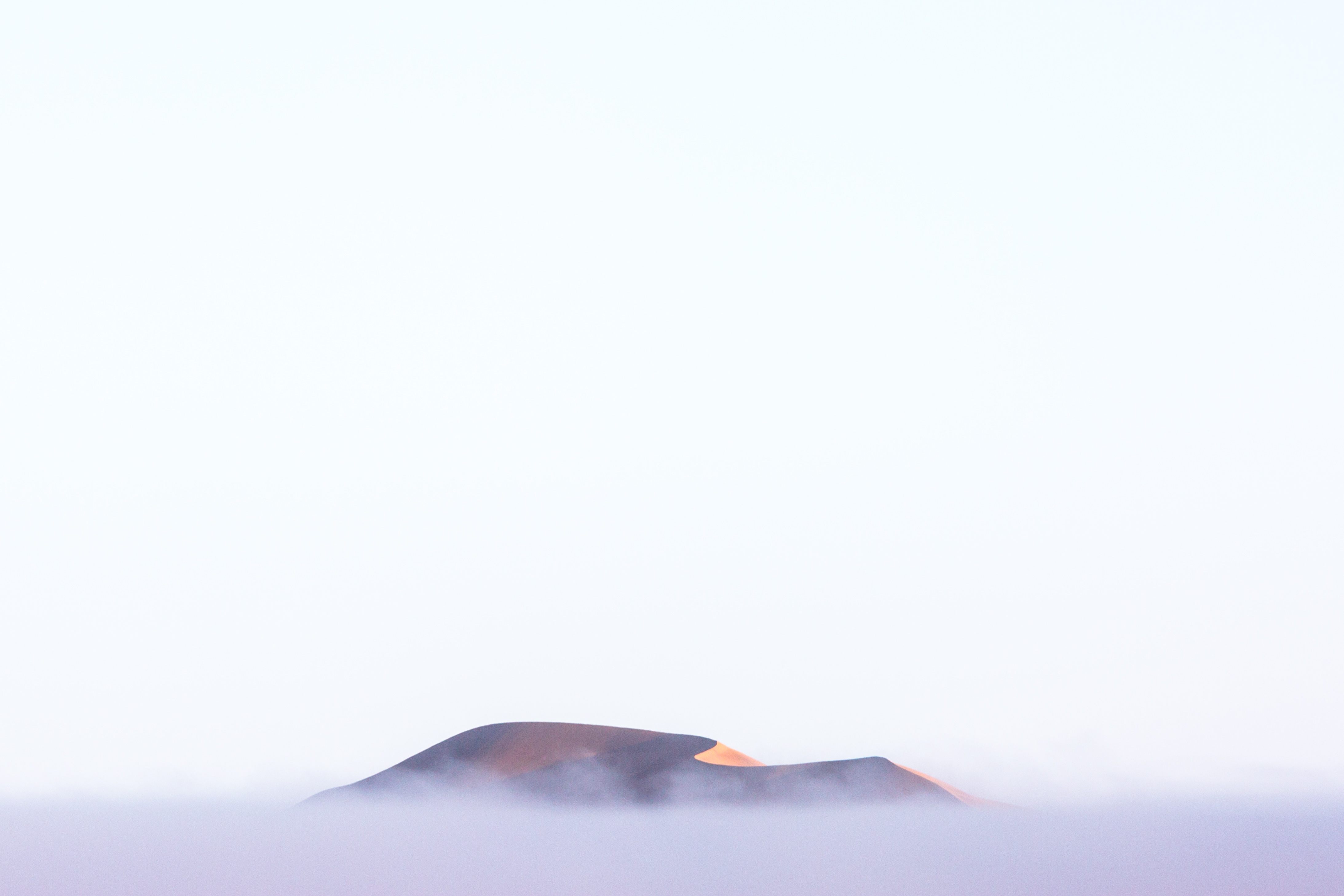
The Namib Desert, which cuts down the coast of Angola, all the way to South Africa, is one of the driest places in the world. Annual rainfall rarely exceeds two inches at the escarpment; the coast is even more parched. But the fog rolls in at night. Researchers there sometimes wake in the morning to find tendrils of it unfurling 30 miles inland from the ocean, where it gathers.
The fog can dampen and pock the sand, as though a brief shower had blown past. As it crawls along, it conceals buildings and cars, and condenses on tufts of grasses until they’re dripping. It hangs low around the sea of sand dunes, looking every bit like clouds engulfing the lower portions of a mountain. “Maybe it doesn’t reach you, but you can see it sort of coming, the way you see a storm coming,” says Sarah Evans, a biologist at Michigan State University who conducts research in the Namib.
Both from a distance and in the thick of it, fog seems like a diffuse, undifferentiated mass. But, Evans wondered, what is is going on inside that veil—and at a much smaller scale?
She isn’t the only researcher mulling that over. Eli Dueker, an environmental microbiologist at Bard College, has been contemplating a similar question about the fog that cloaks Southport Island, in Maine. The researchers teamed up to analyze the bacterial composition of fog at both sites in a new paper published in the journal Science of the Total Environment.
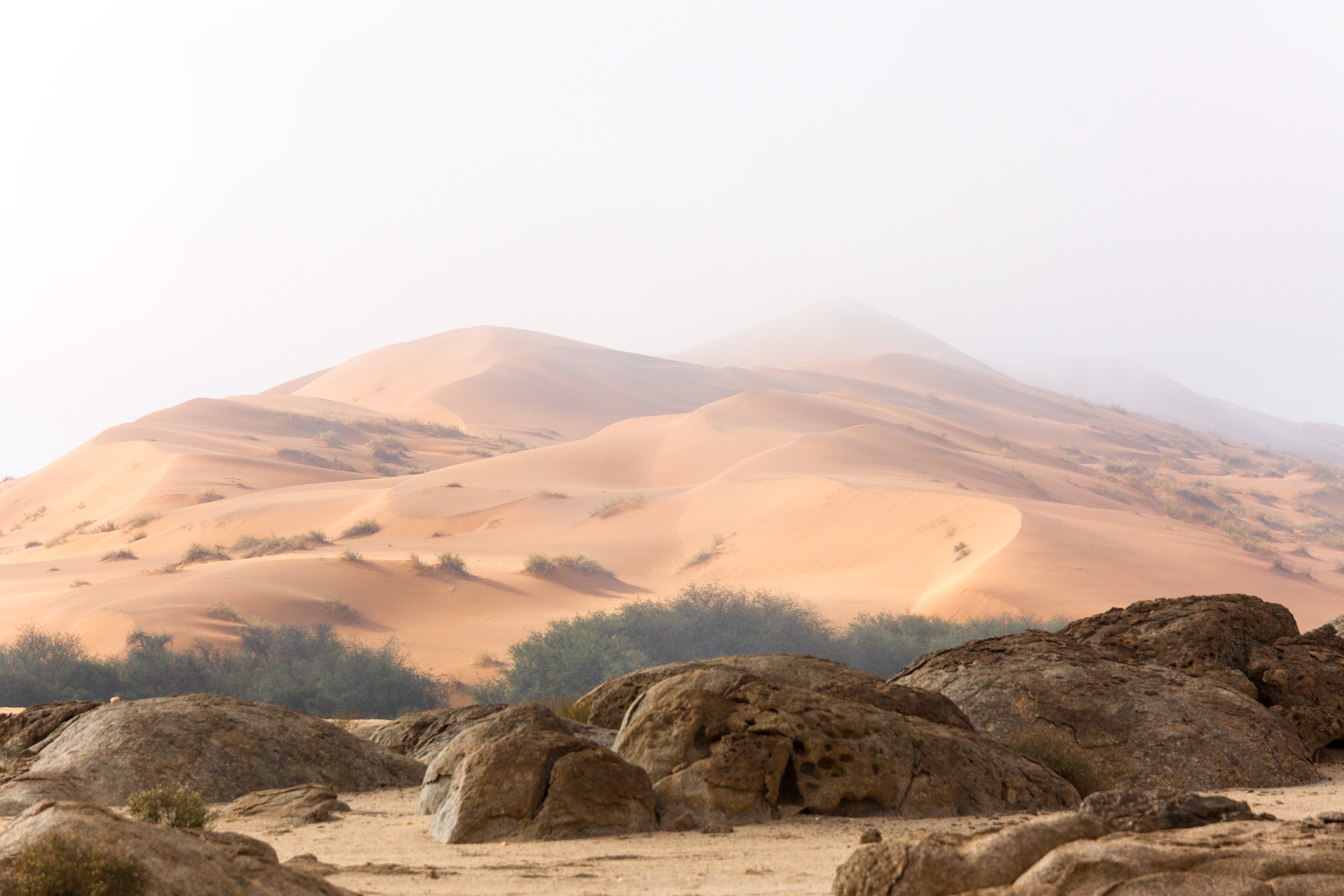
Fog is a sea of individual droplets, formed when water vapor condenses onto microscopic particles. Bacteria mingles there, too. Once airborne, these droplets bump into each other, become bigger and drop, or just evaporate back into vapor. In this way, fog is a dynamic ecosystem, one that’s in constant flux. While the droplets are tiny to us, Dueker says, “it’s a big world to a microbe, you know?”
To peer into the world in each droplet, the researchers first had to wrangle them. They rigged up simple surfaces onto which the fog could condense, then collected the water and sequenced the DNA in it. They also set out petri dishes to scout for living microbes. For comparison, they collected non-foggy air, too, and skimmed samples of ocean water near the shore.
Despite the vast distance and differences between the two landscapes they studied, the researchers found a lot of similarities between the microbial worlds rolling through them. The microbial makeup differed a bit in each place (and the researchers also studied fungi in the Namib, but didn’t look for it in Maine), but there were clear commonalities. In both places, fog is a melting pot of sorts, with microbes that are often found drifting in the air sharing space with ones that usually reside in the soil or ocean.
Say you are a Marinomonas bacterium, from the family Oceanospirillaceae. Your life is mostly wet, because you probably live in seawater or marine sediments. But if you find yourself in a fog—cast out of the ocean by a breaking wave, for example—and drift across the Namib, you might end up cohabitating with microbes you’d never otherwise meet, ones that live and die far from the ocean. “Together, findings from both fog sites suggest that fog does not simply serve as a refuge to local bioaerosols, but as an effective microbial transport mechanism connecting marine and terrestrial environments,” the authors write.
Just how does this hitchhiking benefit you, little Marinomonas? That’s not clear. “Maybe traveling or living in fog droplets makes a microbe more viable; maybe it’s growing, eating some of the other stuff in the droplet, or able to survive longer than if it’s traveling on dust,” Evans adds. It’s possible that a microbe sailing through a fog is insulated from UV rays, which beat down hard on the desert. “What we’re finding is that these microbes can metabolize, they can replicate, they can actually live a life. It may be short, but they are living a life within the atmosphere, and fog and clouds are how they do that,” Dueker says. “There’s a structure that’s provided for them.”

For however long that fog exists—be it minutes or days—it feeds and changes the ecosystems that it moves through. In some of notoriously foggy enclaves, plants and animals have developed adaptations specifically to help them harness it. Certain beetles funnel fog down their backs and into their mouths, and various trees, mosses, and bromeliads collect fog droplets on their leaves or blades.
But the fog isn’t just a boon to these plants and animals—it may also carry risk. The researchers detected taxonomic groups that include fungal pathogens, though so far they haven’t investigated whether or in what context these microbes might cause disease. There’s a thought that pollutants from water and soil also move through the air in fog, and settle to the ground in places they otherwise wouldn’t reach.
It seems that fog’s impact doesn’t vanish when it fades: Its signature lingers in the places it frequents. “When it dissipates, it will leave behind a changed microbial atmosphere,” Dueker says. Even as the sun bakes the stark desert back to its familiar state, it’s never quite exactly the same as it was before.
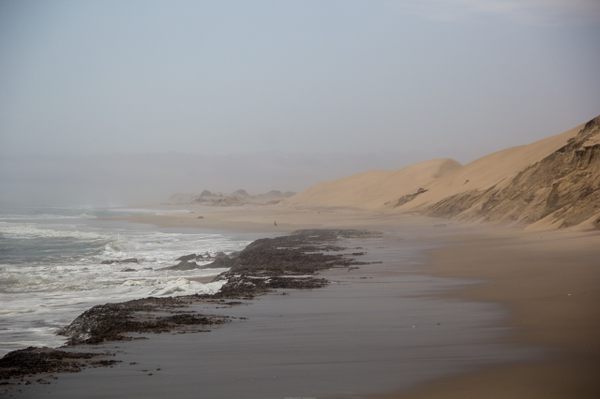

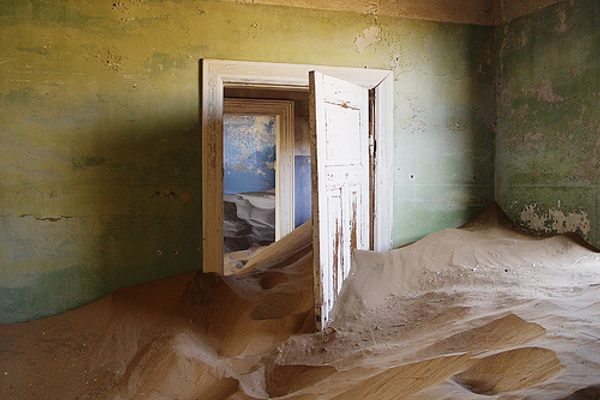


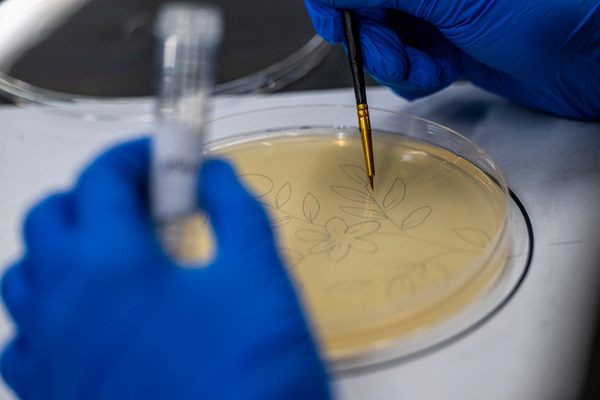
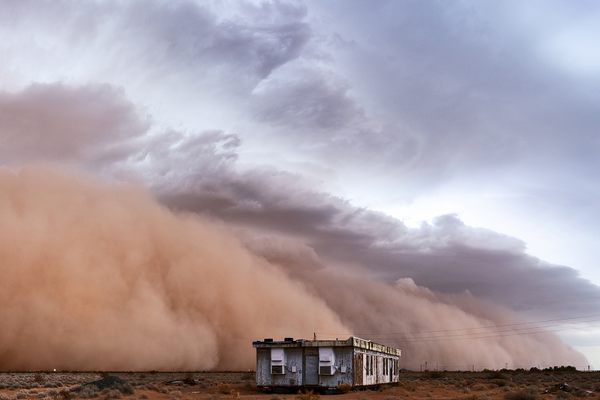








Follow us on Twitter to get the latest on the world's hidden wonders.
Like us on Facebook to get the latest on the world's hidden wonders.
Follow us on Twitter Like us on Facebook